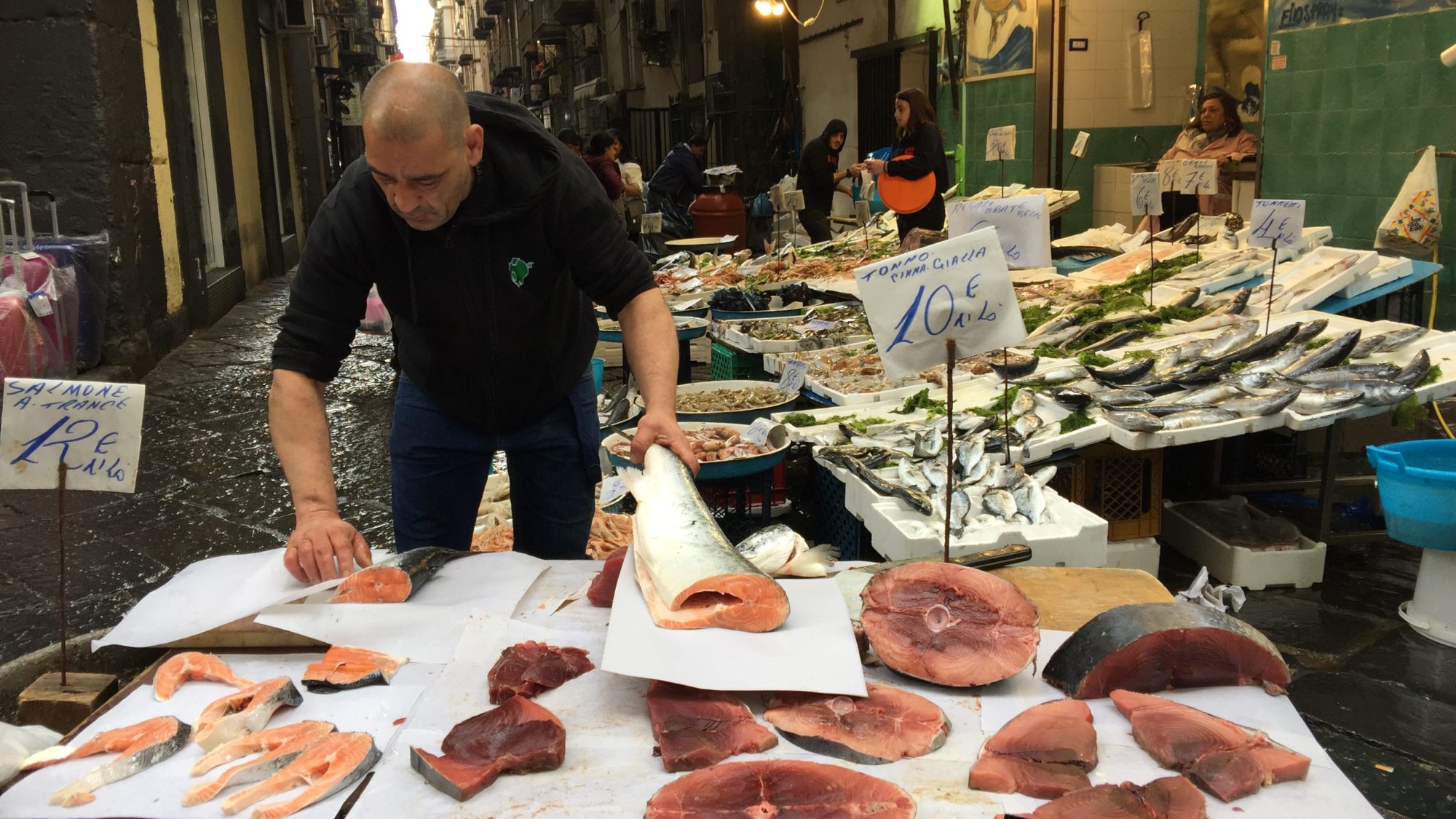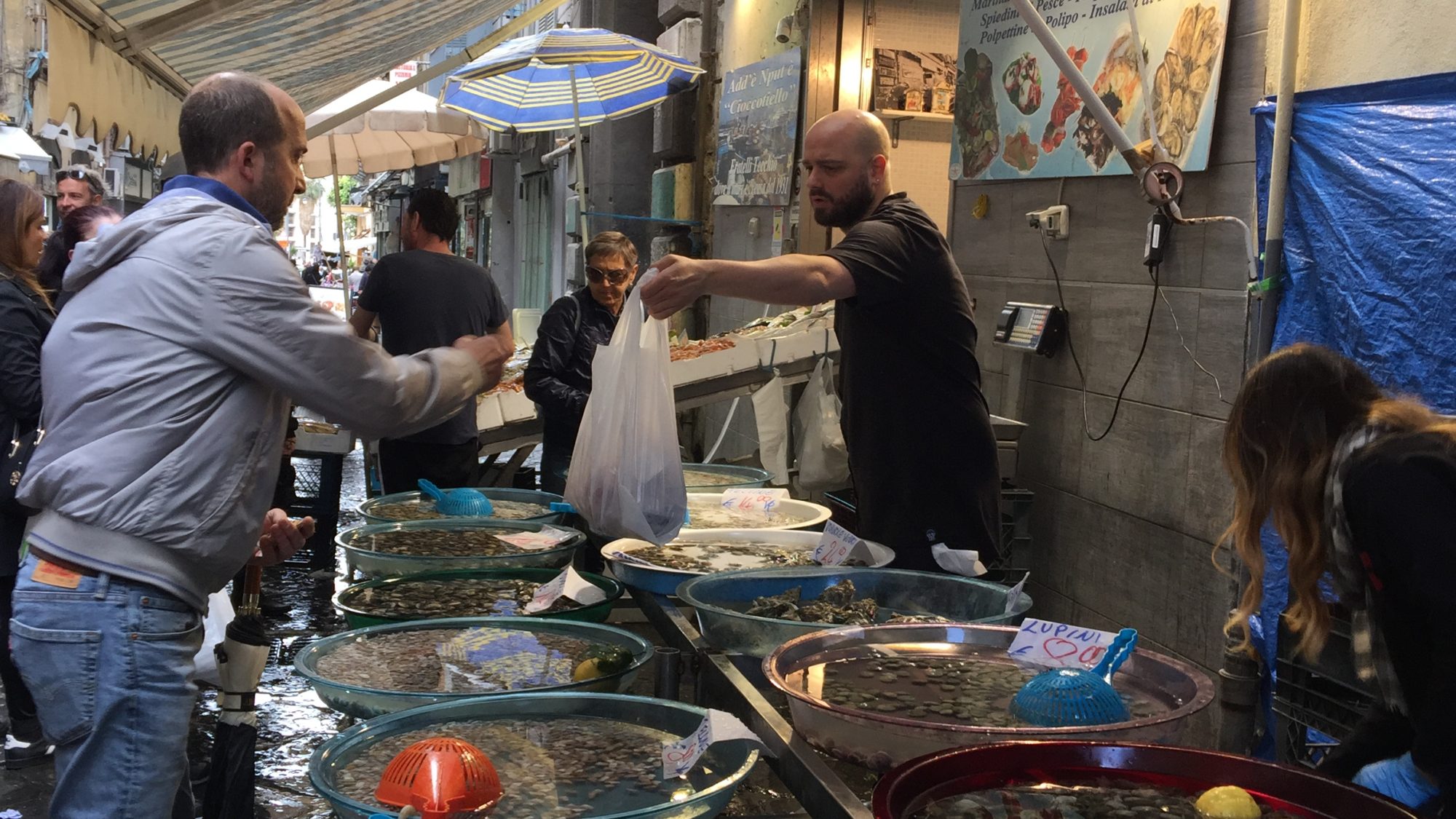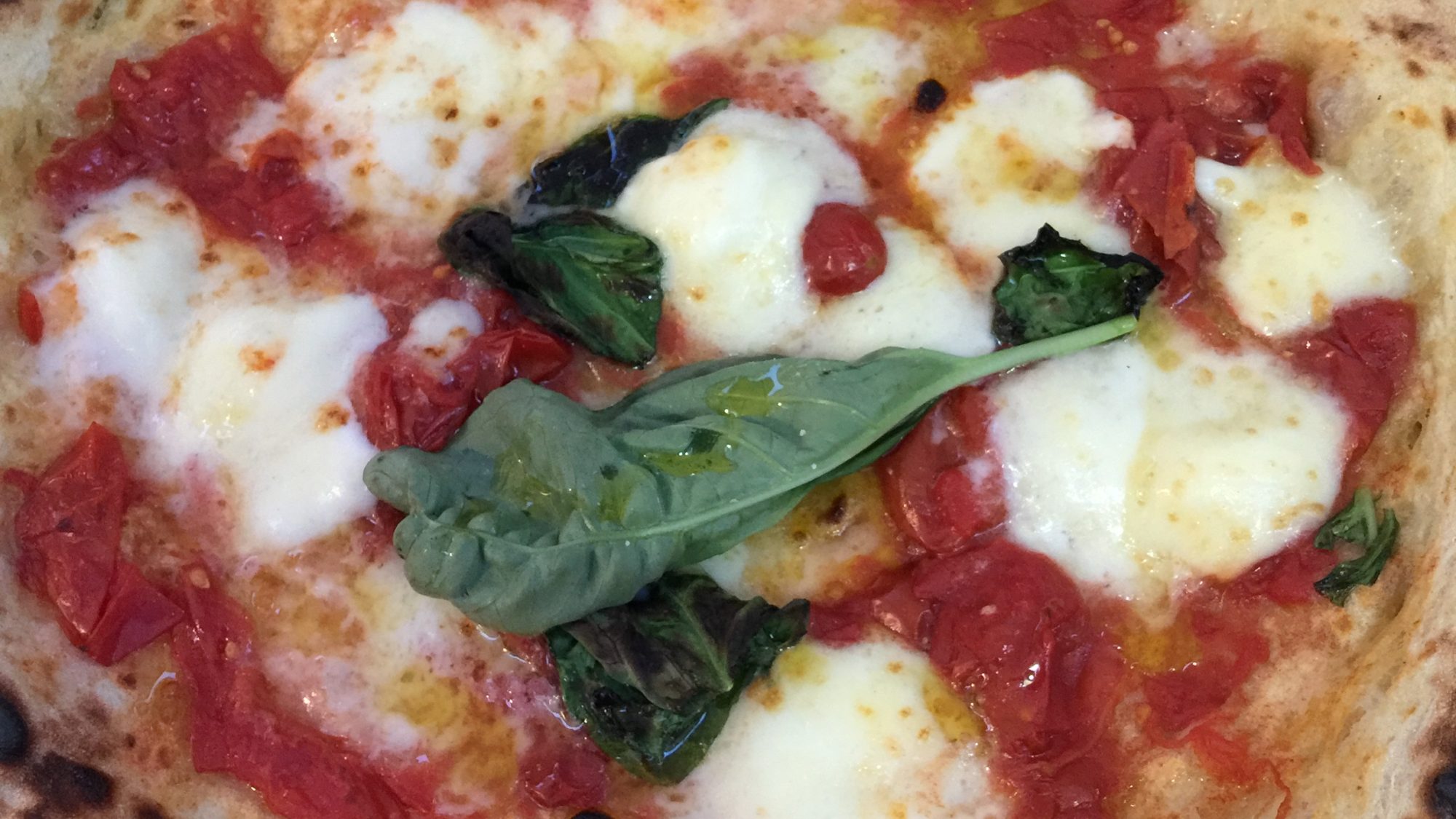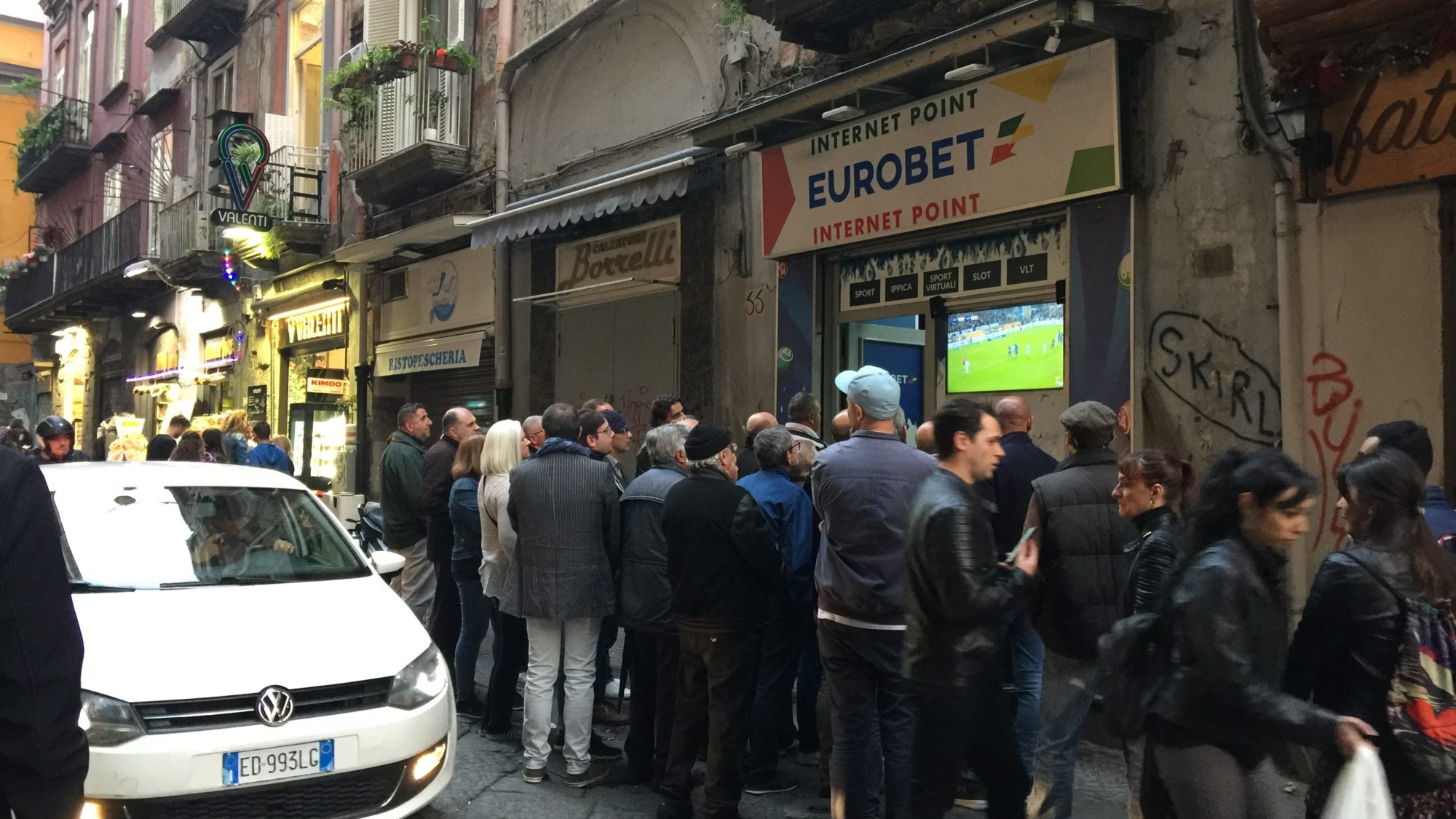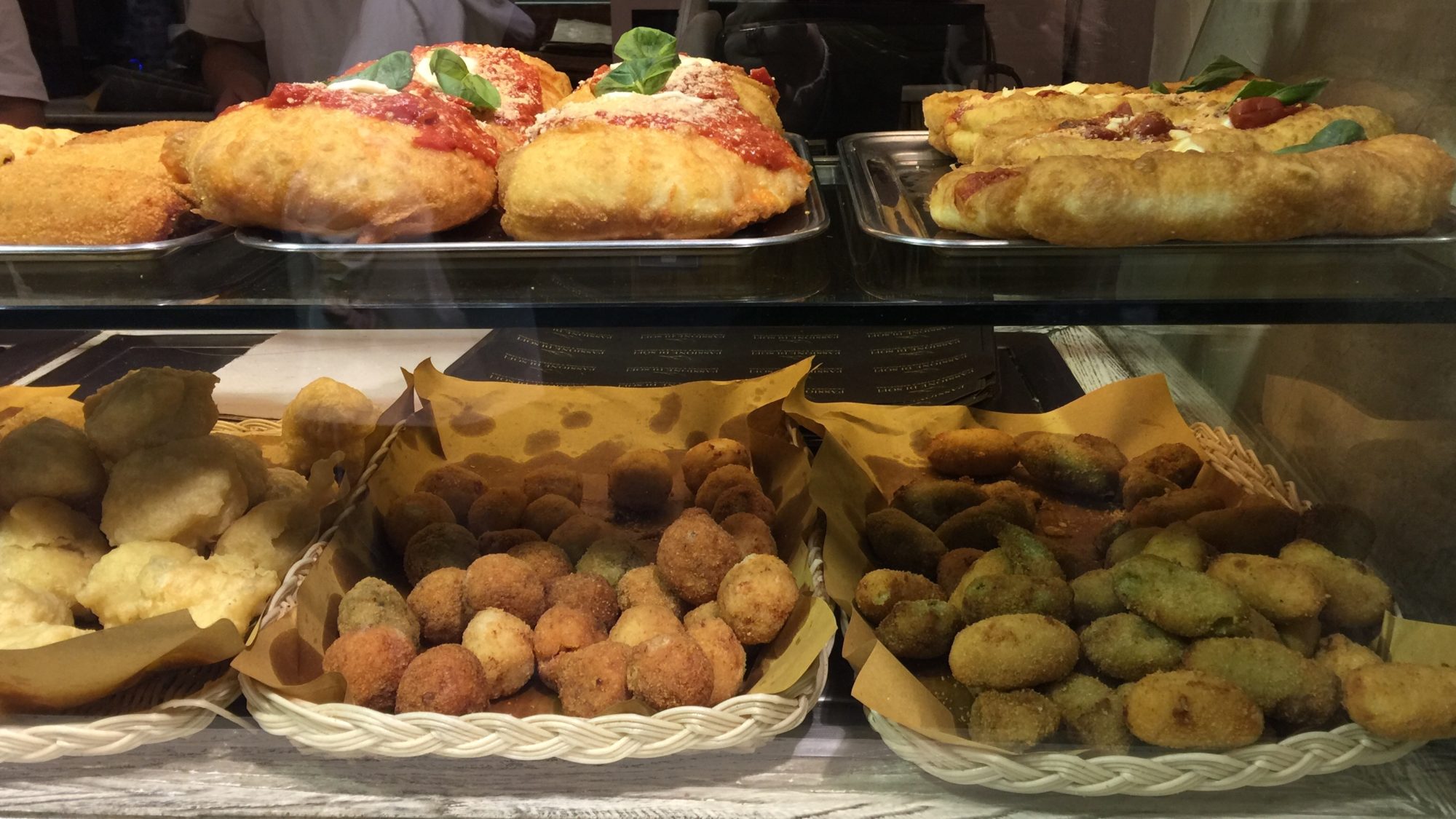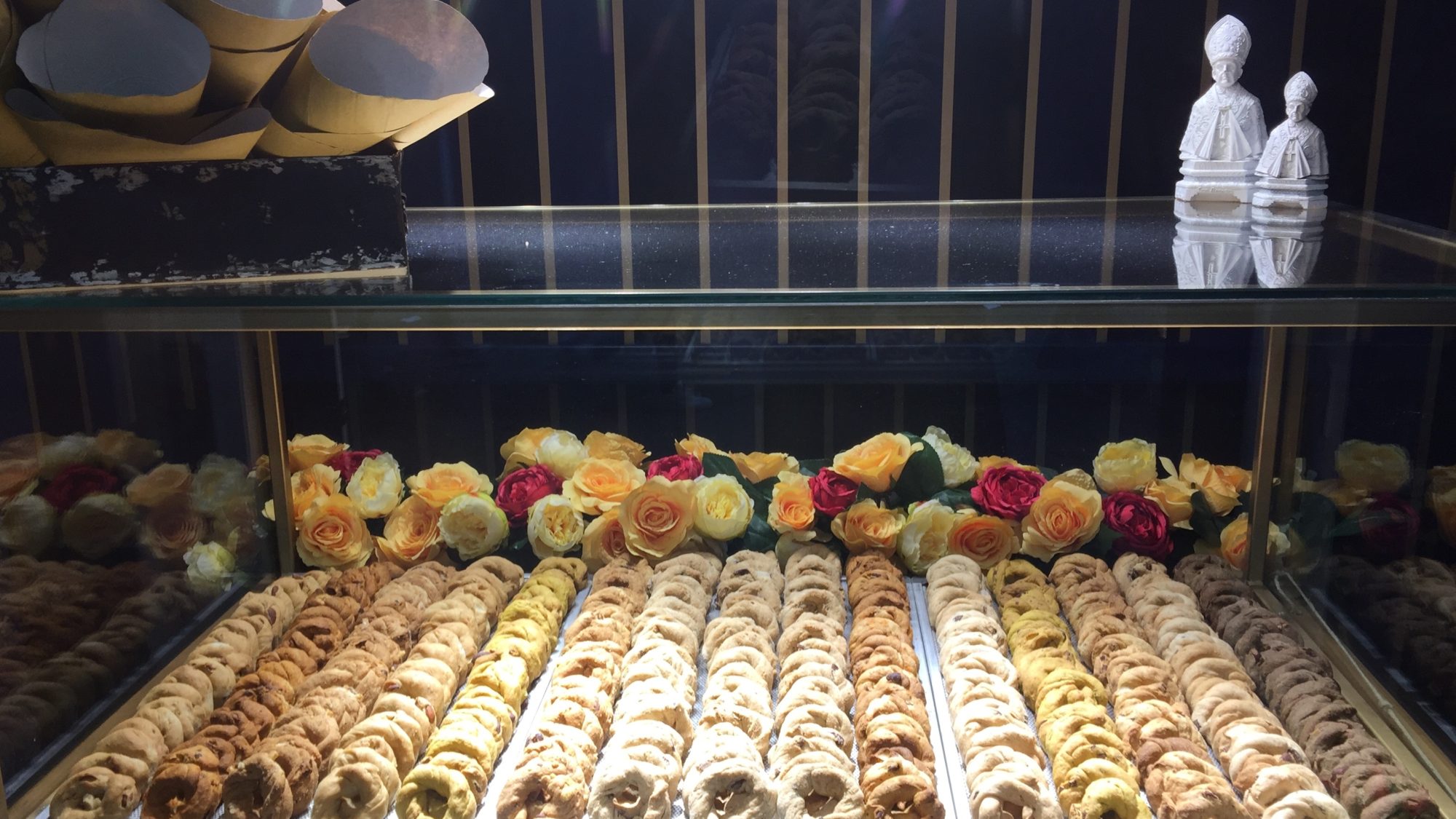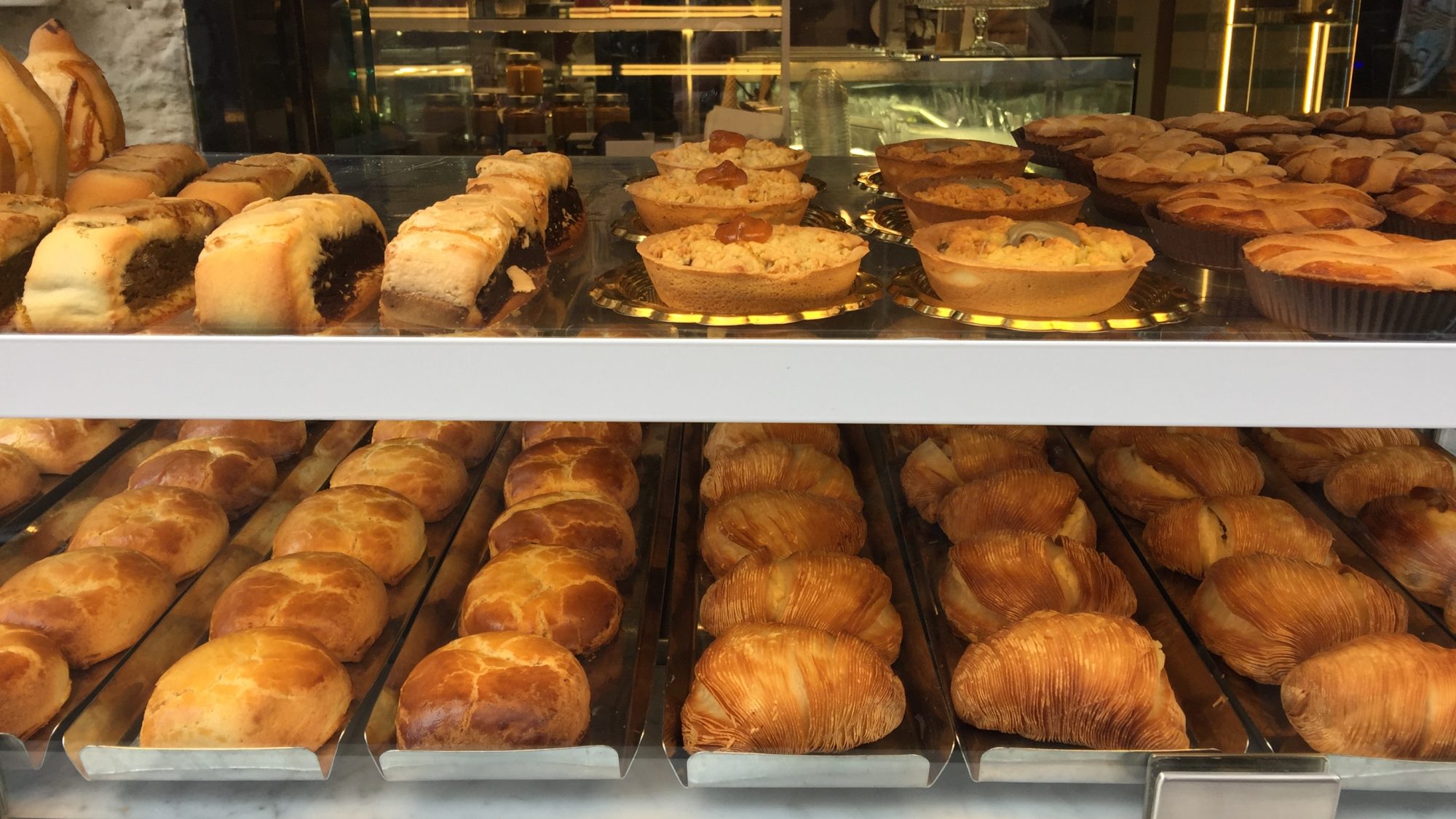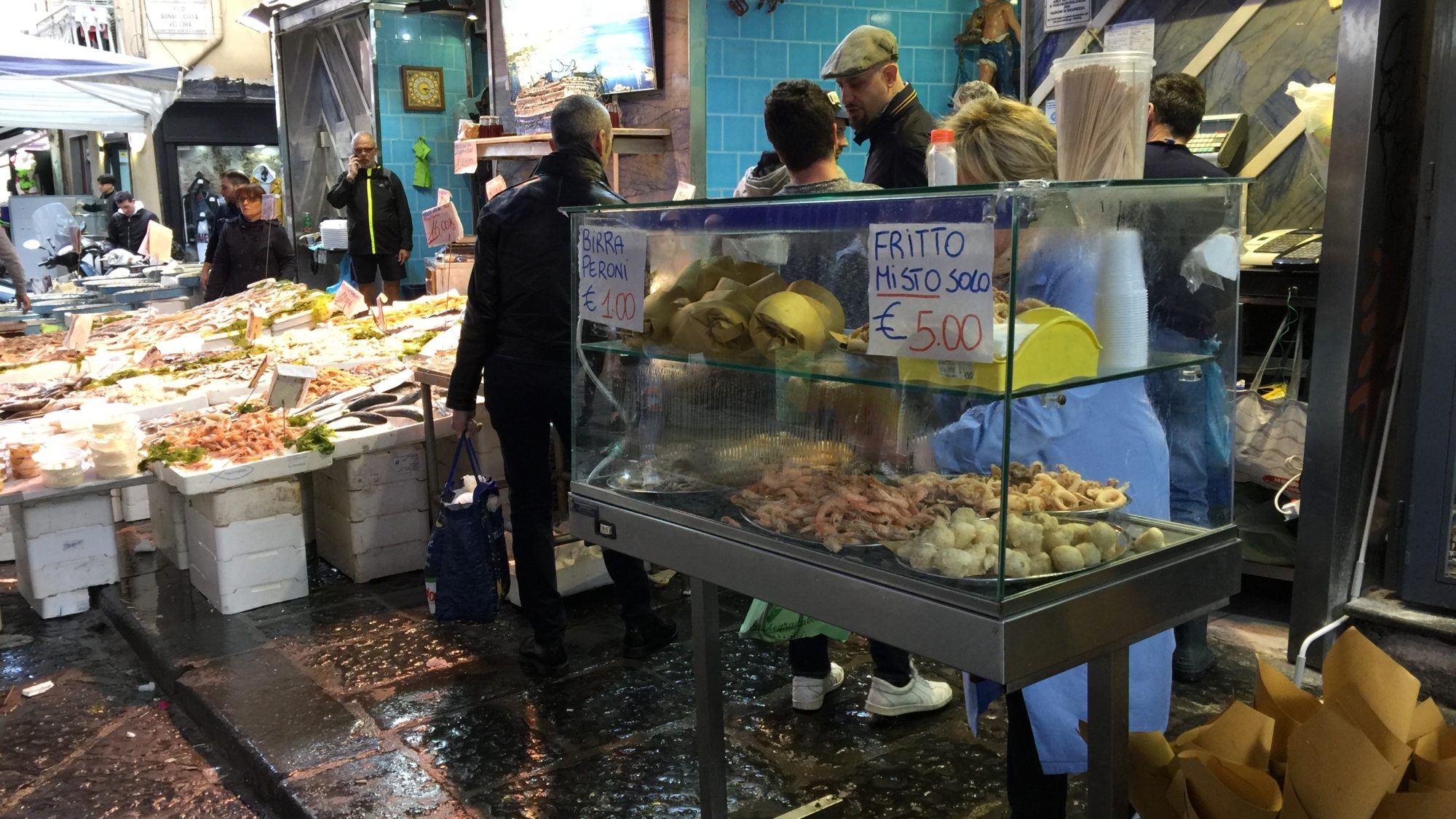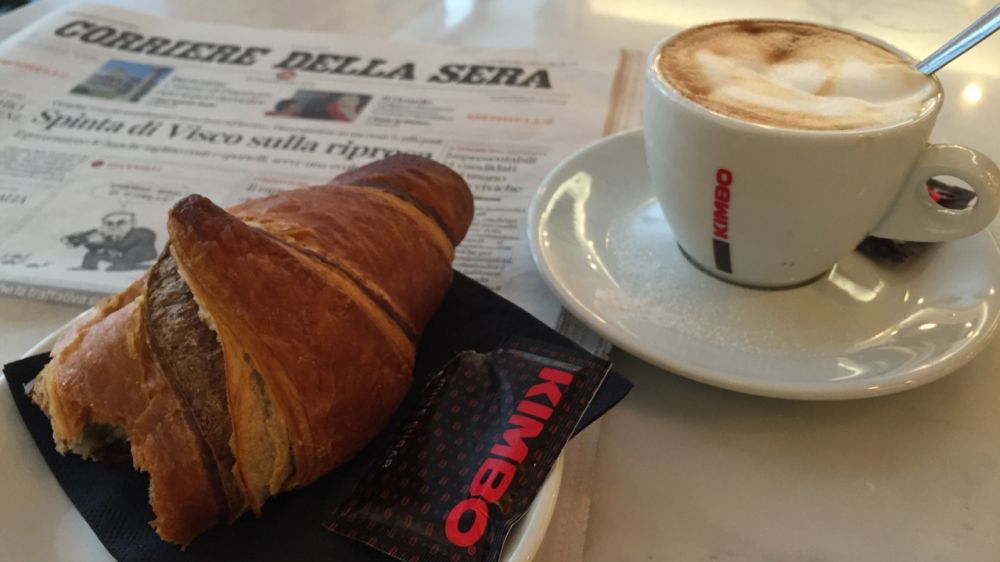In Naples, more is more
Naples doesn’t do subtle. Everything in the Southern Italian city is about abundance: if you’ve been there before, you’ll certainly know that food doesn’t come in small doses, nor with light preparations. And if Baroque is one of the arts that best encapsulates the city’s spirit, Naples has also made a name for itself for the “sceneggiata”, a theatrical melodrama performance, popularized after WW1, where passions play a strong role. Naples is intense.
Like with every major city, there are parts of Naples that are not safe. Naples is rougher around the edges, compared to other major Italian tourist cities. But it’s cleaned up considerably in recent years, while retaining its patented authenticity that makes it a world-class wonder, that’s still under-appreciated.
Churches, museums, and palazzos hold extraordinary, and often little-known artworks and collections, one of the quirkiest being the secret cabinet of erotic art at the archeological museum of Naples, which shows sexually explicit pieces retrieved from Pompeii and Herculaneum. Quirky, fun, discreet (locked as it is in a separate wing), and definitely not understated.
But it’s the streets of Naples that, no matter the season, are the beating heart of the city. Spaccanapoli (which means Naples’ splitter), is its most famous arterial road, running perfectly straight for about 2km through the old centre of town. Together with Via dei Tribunali, both of which retrace the route of two ancient Roman decumani, are bustling with energy and teeming with people at any given hour of the day. When the Naples football team is playing, like during my recent visit there, the city comes to a halt. People gather around the TV screens on the streets. Forget cars. Some things take priority over such mundane affairs as traffic.
In the shade of the Vesuvius, street food is an art that’s practiced with pride. Set aside your good resolutions when in Naples, and make no excuses: expect a blowout, embrace it, celebrate it. It’s part of the process, it’s a cultural experience. Here’s just a short roundup of what I’m talking about:
- Pizza al portafoglio: pizza folded to resemble a wallet, so you can walk and eat it without spilling sauce all over you. It may take some practice to resurface with a spotless t-shirt, and I speak from experience.
- Fried food: a world in and of itself. Anything deep-fried tastes delicious. But Naples leaves no stone unturned, no food unfried. Deep-fried pizza is an other-worldly treat. Then there’s frittatine di pasta, deep-fried pasta with bechamel sauce and minced meat inside. These are usually eaten as an appetizer, before your pizza pie. The cuoppo is a cone-shaped wrapper containing a mix of fried foods, either fish (di mare), or mozzarella and veggies (di terra). Don’t think you can escape the fried extravaganza by saying you’re more of a sweet tooth: Naples has you covered with the cuoppo dolce.
- Sfogliatelle: they come in two versions, either “ricce” (or curly, crunchier) or frolle (with shortbread crust). These pastries are stuffed with a creamy filling of ricotta cheese and candied fruits. If you have space only for one kind, don’t waste it on the frolla.
- Taralli: flaky rings of bread mixed with pepper, leaf lard, and almonds. You usually never buy enough of these, so stock up.
One should not be allowed to leave Naples without having tried (or binged on) the above. Naples is not for the faint of heart. It takes stamina to stomach all of this. But it will make for a very happy, albeit stretched, stomach.
While in Naples, Luisa put the old saying that “you are what you eat” to a test: she now looks like a pizza stuffed with a tarallo, stuffed with a sfogliatella, i.e. very round.
